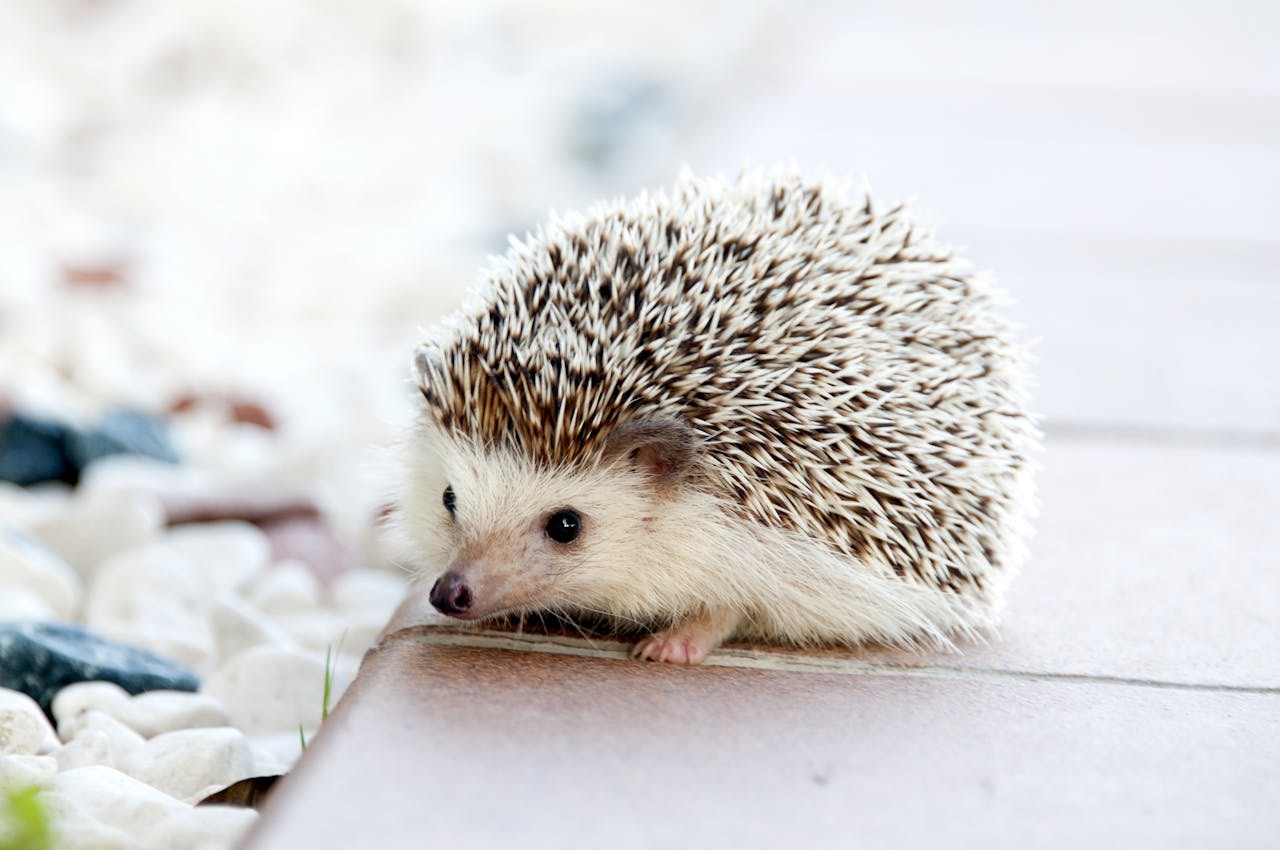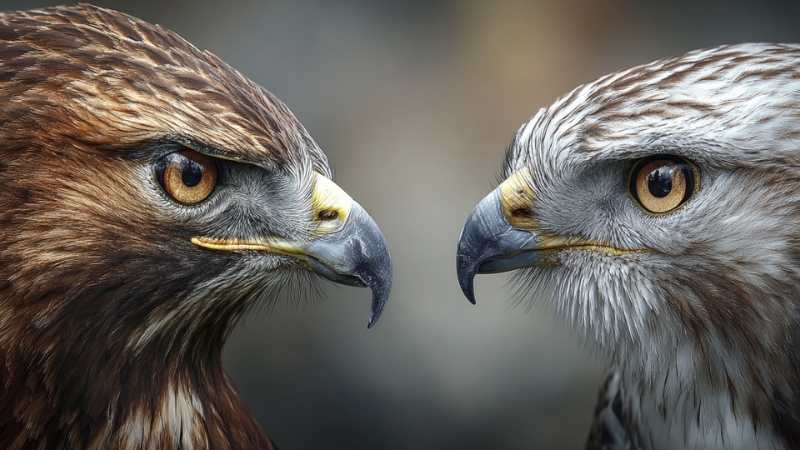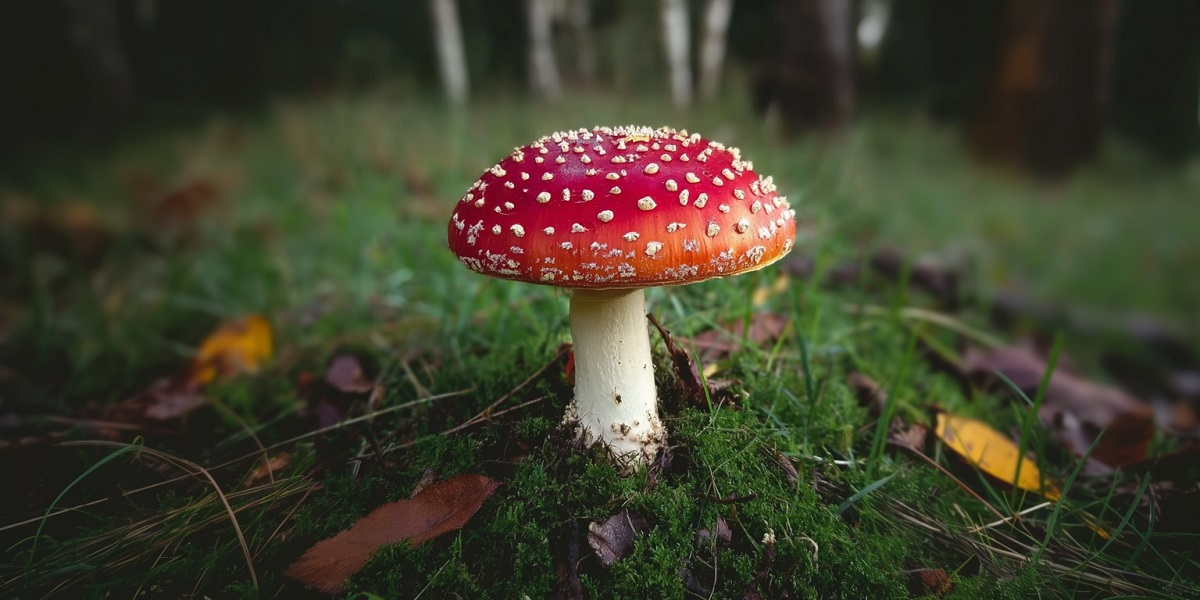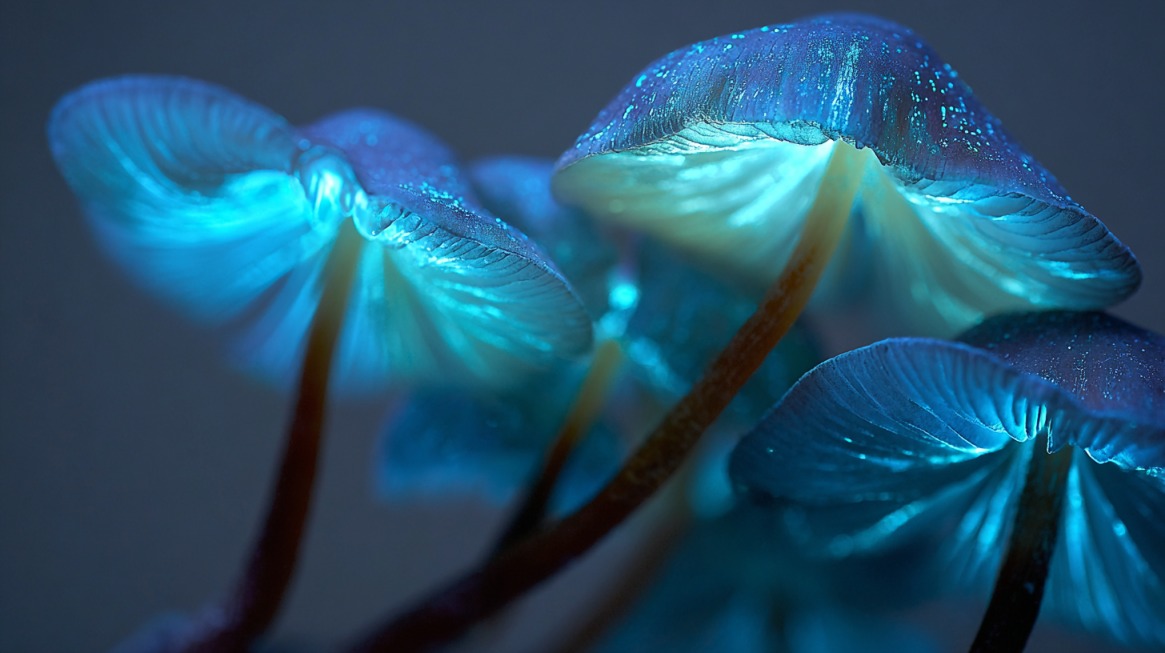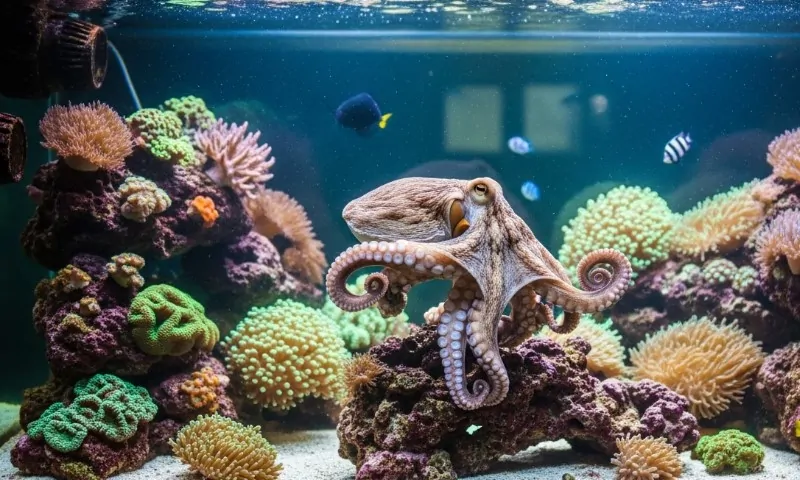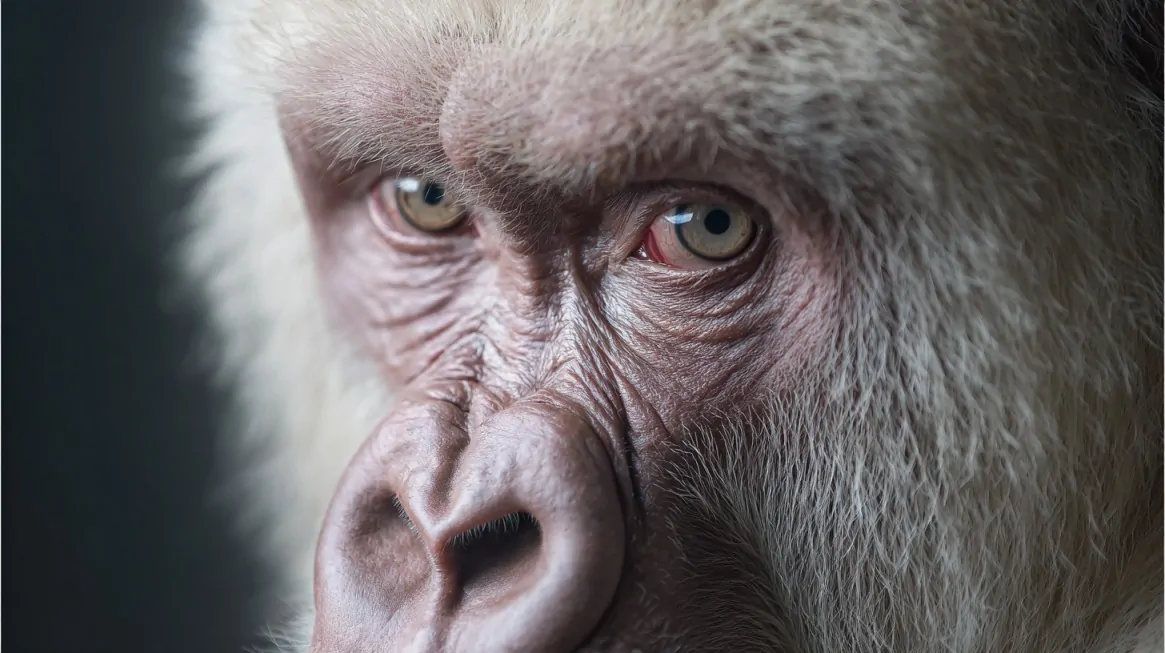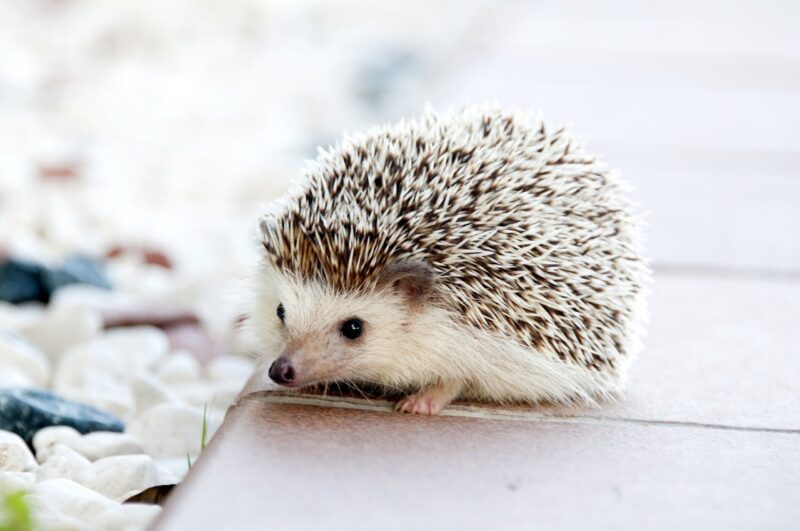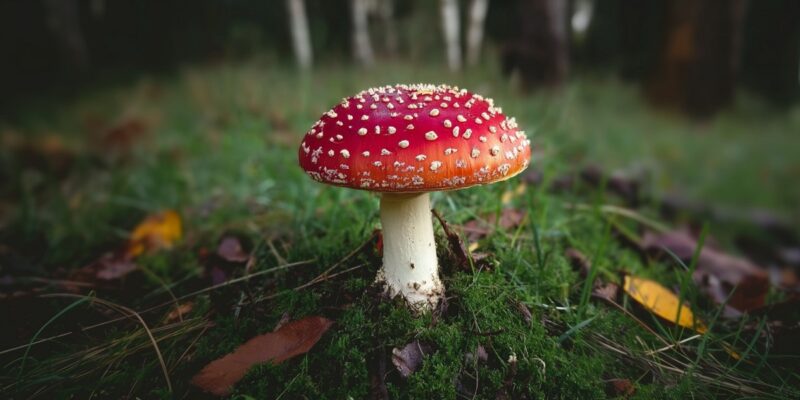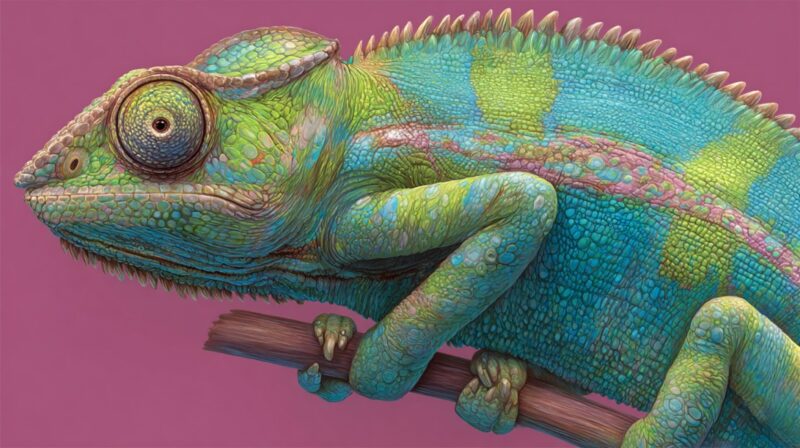
Share Post:
Colour-changing animals are nature’s most fascinating illusionists, capable of transforming their appearance in seconds.
- Camouflage
- Communication
- Temperature regulation
- Courtship
Some creatures even use colour shifts for mimicry, allowing them to impersonate other species to avoid predators or catch prey.
The phenomenon spans a wide array of species, including mammals, reptiles, amphibians, fish, cephalopods, and insects.
Now we will take a look at a list of colour-changing animals and see exactly how they do it.
Table of Contents
Toggle1. Chameleon (Africa, Madagascar, etc.)
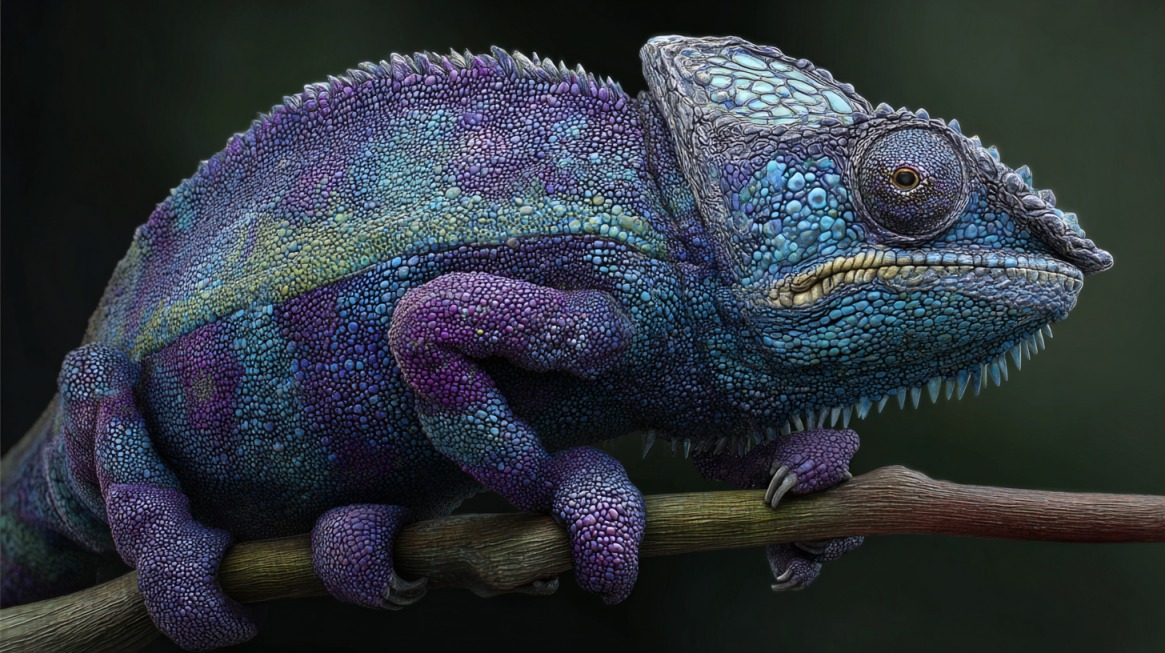
Chameleons are among the most fascinating colour-changing animals on Earth. Their extraordinary ability to shift hues is controlled by specialized cells in their skin called chromatophores.
These cells contain different pigments that expand or contract, creating a broad spectrum of colours and intricate patterns. Beneath these cells, iridophores reflect light, enhancing the vividness and variety of tones.
- Temperature
- Emotional state
- Light exposure
- Surrounding environment
A chameleon’s complex vision plays a crucial role in its adaptability. With eyes that move independently, it can survey its surroundings in nearly every direction. Its capacity to detect ultraviolet light gives it an added visual advantage when hunting or assessing threats.
Colour changes can indicate mood, health, and even social behavior, helping the reptile communicate with others of its species.
During mating displays, males brighten their hues to attract females or warn off rivals.
- Specialized pigment cells that expand and contract.
- Reflective cells that create metallic or iridescent effects.
- Independent 360° eye movement and UV perception.
- Camouflage, communication, and thermoregulation.
2. Octopus (Worldwide, especially Indo-Pacific)
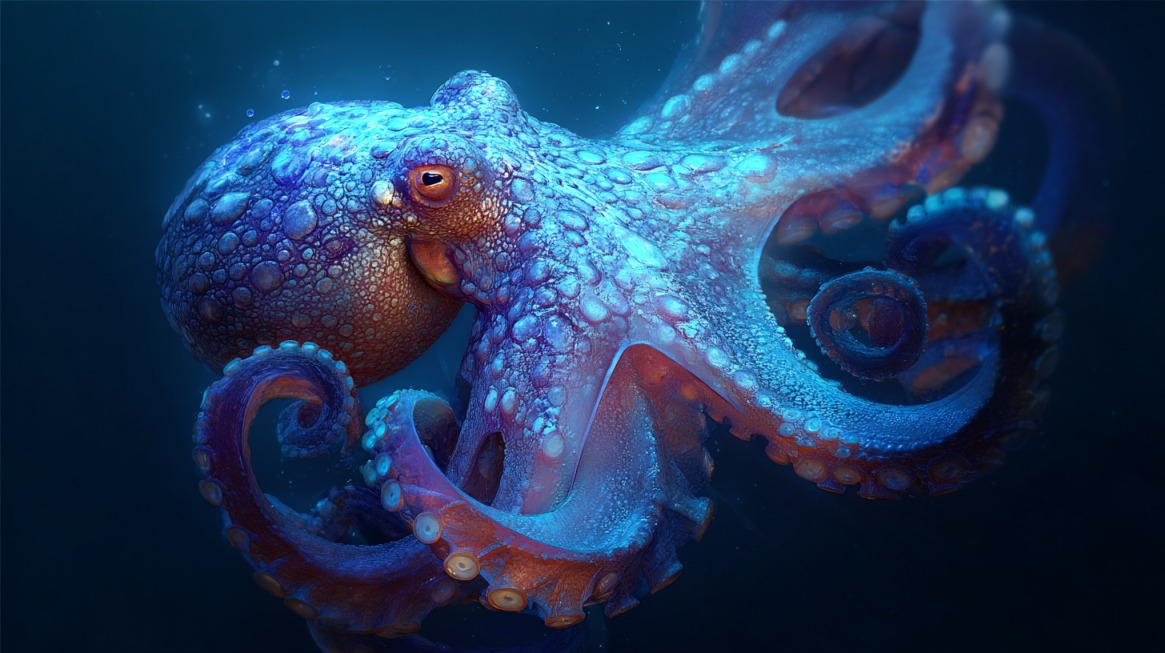
Octopuses are masters of transformation, capable of altering both colour and texture in an instant.
Their skin contains thousands of chromatophores directly linked to their nervous system, allowing for rapid, nerve-driven changes. Muscle contractions around these pigment sacs let them shift tones in fractions of a second.
Many species can imitate coral, sand, or rock formations to become virtually invisible.
Beyond concealment, octopuses employ colour to communicate. Patterns can display aggression, fear, or readiness to mate. A red hue may warn predators, while subtle rippling effects can serve as signals during social encounters.
In the wild, species such as the Day Octopus use constantly shifting displays to confuse both prey and predators.
- Nerve-linked chromatophores activated in milliseconds.
- Muscular control alters skin texture for realism.
- Complex colour language used for social and defensive behavior.
- Problem-solving skills make it one of the most adaptable invertebrates.
3. Cuttlefish (Worldwide Oceans)
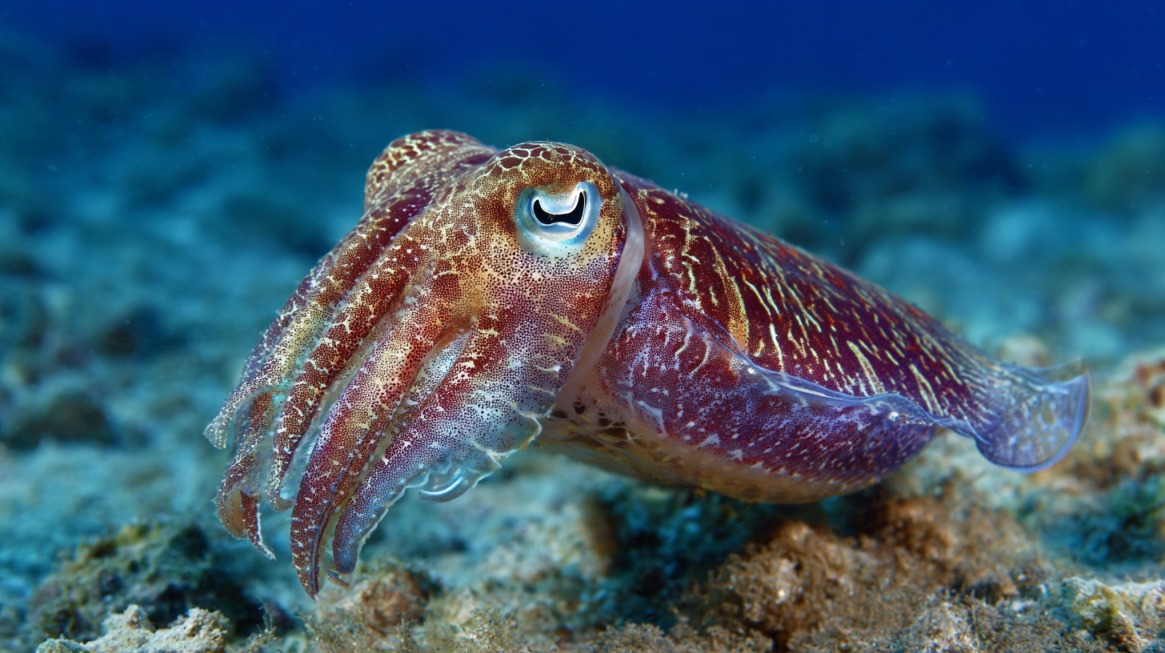
Cuttlefish are highly intelligent cephalopods known for their spectacular visual transformations.
- Colour
- Brightness
- Texture
A cuttlefish’s brain coordinates these complex changes with remarkable precision. It can mimic its surroundings in milliseconds, adapting to oceanic textures such as coral, rock, or sand.
During courtship, males exhibit vivid displays to attract females, while hunters use disruptive patterns to confuse prey.
Their papillae, small muscular bumps on the skin, enable them to imitate surface textures perfectly.
- Produce base pigment colours.
- Reflect environmental light for accurate colour matching.
- Create iridescent effects through light reflection.
- Allow surface texture modification.
- Camouflage, hunting deception, and mating displays.
4. Mimic Octopus (Southeast Asia)
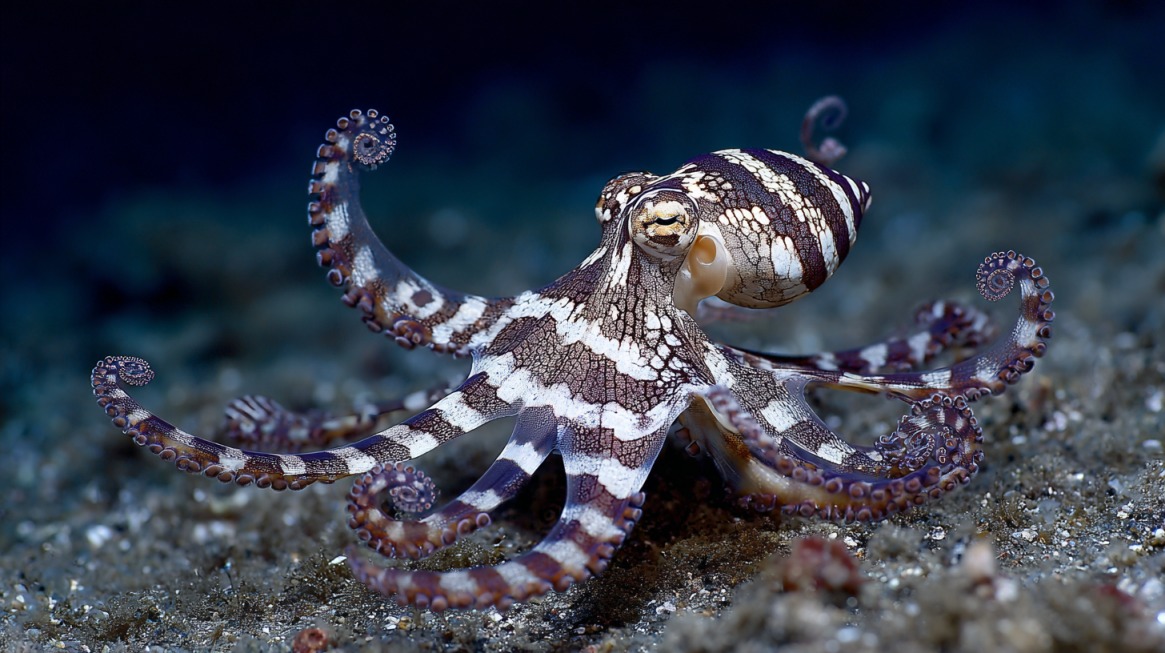
Mimic octopus demonstrates one of the most remarkable examples of adaptive deception in the animal kingdom.
Found primarily in Southeast Asia, it combines rapid colour changes with body morphing to impersonate other marine animals.
Instead of simply blending into the environment, it becomes something else entirely. With extraordinary flexibility and pigment control, it can resemble venomous species like lionfish, sea snakes, or flatfish, tricking both predators and prey.
Such mimicry requires intelligence and acute environmental awareness. It observes potential threats and adjusts its display accordingly.
The transformation involves synchronized skin colour alteration and physical shaping of limbs to replicate movement and outline.
- Can imitate multiple marine species convincingly.
- Uses camouflage and imitation together.
- Adjusts display to specific threats.
- Deters predators by mimicking venomous animals.
5. Pygmy Seahorse (Coral Reefs of SE Asia)
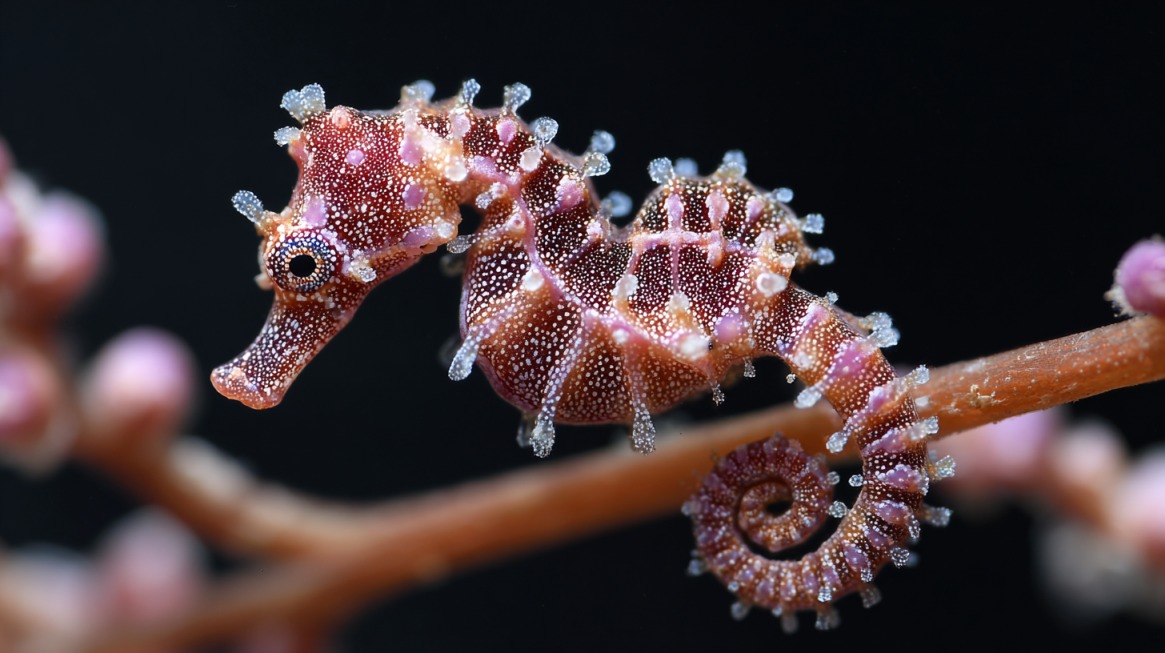
Pygmy seahorses are among the most perfectly disguised colour-changing animals.
Living on sea fans and corals, they adapt their skin tone and texture to match the polyps they inhabit. Tubercles on their bodies mimic coral nodules, creating near-perfect camouflage.
Their small size, rarely exceeding two centimeters, makes them difficult to spot, even by experienced divers.
They rely entirely on invisibility for survival since they are poor swimmers and vulnerable to predation. Colour shifts occur slowly and are maintained by hormonal and environmental cues.
- Adjusts colour to match specific coral species.
- Develops tubercles identical to coral polyps.
- Avoids predators through perfect mimicry.
- Tiny body makes camouflage even more effective.
6. Arctic Hare (Northern North America)
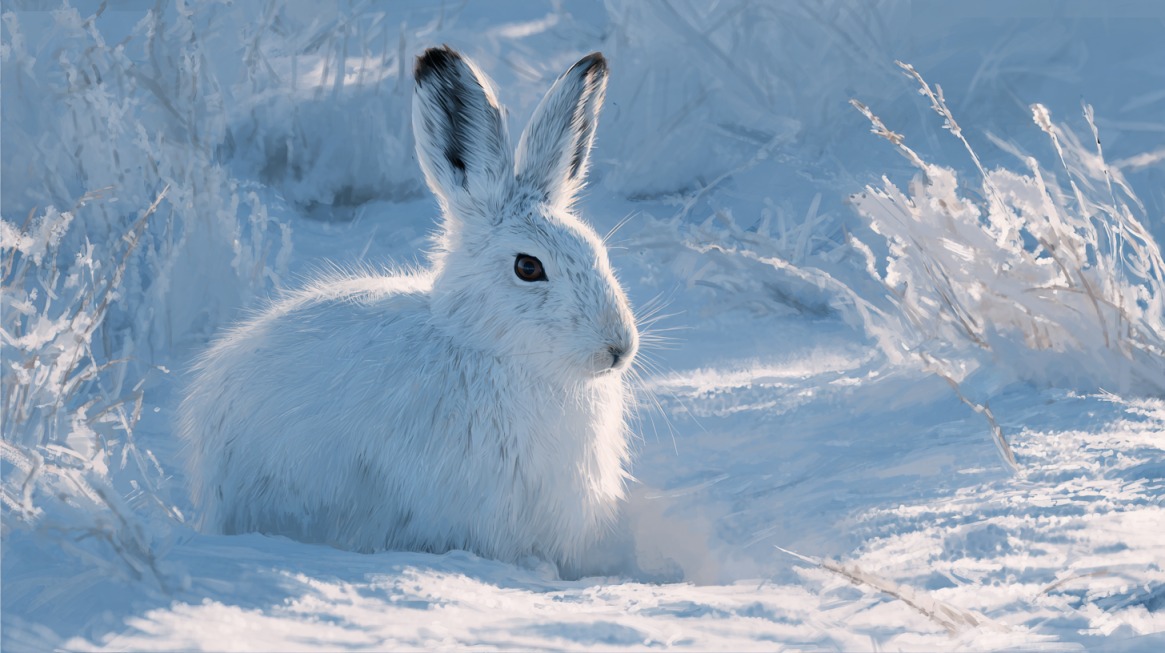
Arctic hares can survive extreme cold through both physical and visual adaptations.
Their fur changes colour with the seasons, white in snowy winters and brown or grey during summer months. The transition, triggered by shifts in daylight hours, allows them to stay concealed in both icy tundras and rocky terrains.
Camouflage helps protect them from predators like foxes, wolves, and birds of prey.
Beyond colour change, their fur provides dense insulation, retaining body heat in temperatures that can drop below -30°C.
Strong legs and sharp claws allow them to dig shelters in the snow. Colour adaptation works hand in hand with behavioral survival strategies.
- Driven by daylight variation.
- Matches the environment through white or brown fur.
- Dense coat for extreme cold.
- Burrowing and high-speed movement for protection.
7. Stoat (Northern Hemisphere)
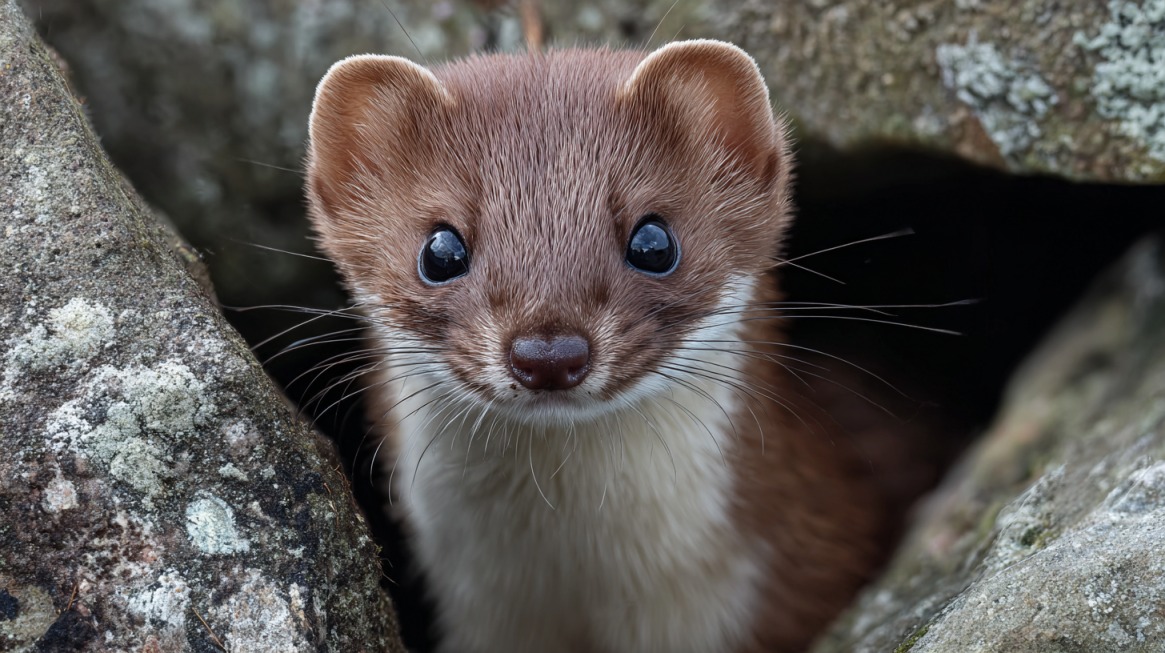
Stoats, also known as ermines in winter, undergo one of nature’s most striking seasonal transformations.
During warmer months, their fur is brown with a white underside, while in snowy conditions, it becomes completely white except for the black tip of the tail.
The pristine winter coat once symbolized royalty and was highly prized in the fur trade, leading to overhunting in some regions.
Despite this, stoats remain skilled hunters, using agility and intelligence to catch prey larger than themselves.
Their adaptive coat not only hides them but also provides insulation against frigid weather.
- Controlled by changes in day length.
- Camouflage and thermal protection.
- Historic use in fur garments.
- Effective hunting behavior in diverse terrains.
8. Rock Ptarmigan (Arctic)
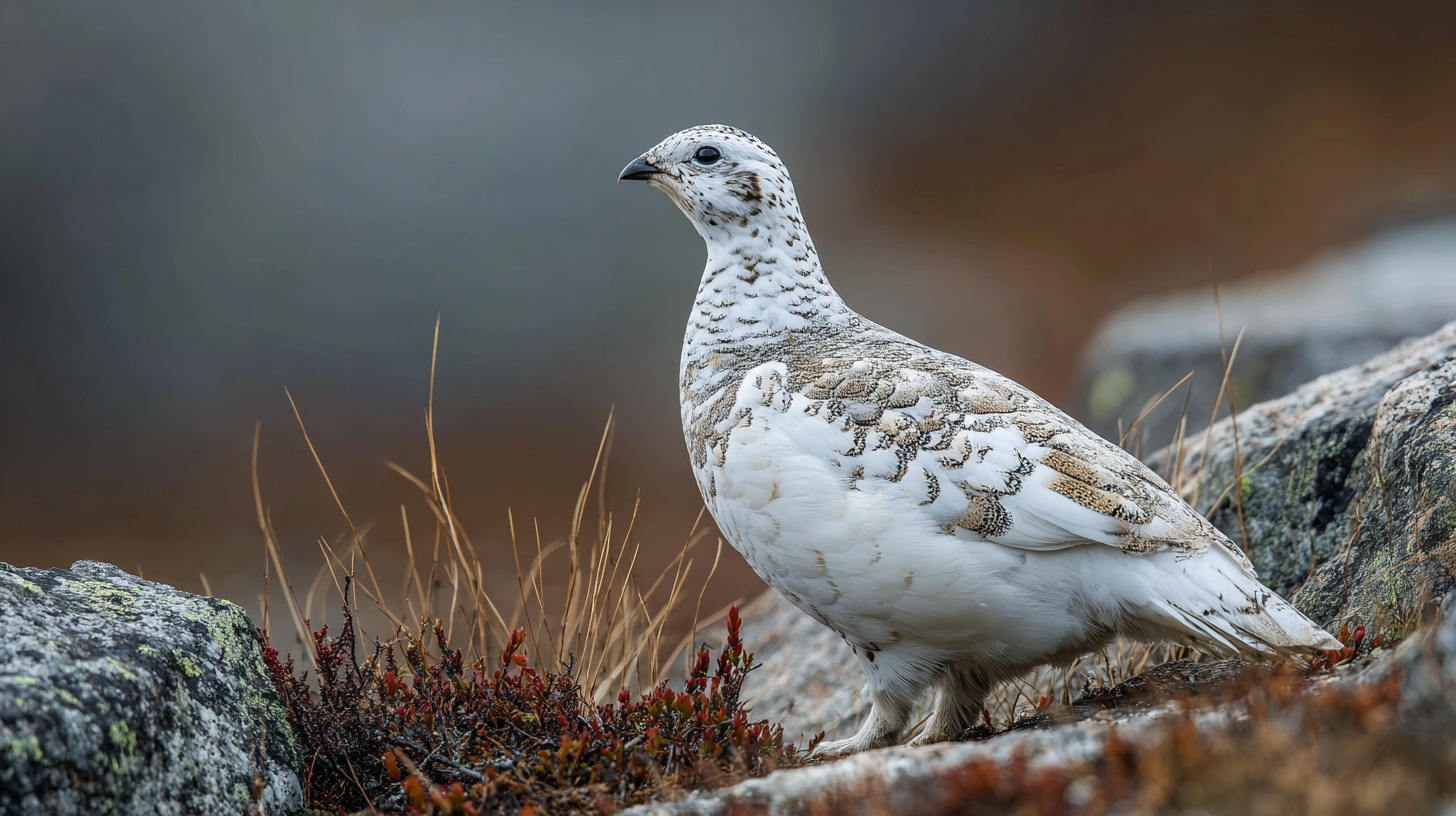
Rock ptarmigans are well-suited to survive in some of the harshest Arctic conditions.
Their plumage changes seasonally, with mottled brown feathers during summer and pure white in winter. The transformation aids in camouflage, allowing them to evade predators such as hawks and foxes.
The shift also helps conserve body heat, as white feathers minimize radiant heat loss.
Their diet shifts with the seasons as well, feeding on buds, berries, and insects depending on availability.
Males use their plumage during courtship to attract females, standing out briefly before returning to camouflage mode once nesting begins.
- Brown in summer, white in winter.
- White feathers aid in heat conservation.
- Effective camouflage against Arctic predators.
- Uses seasonal displays for mating.
9. Golden Tortoise Beetle (North America)
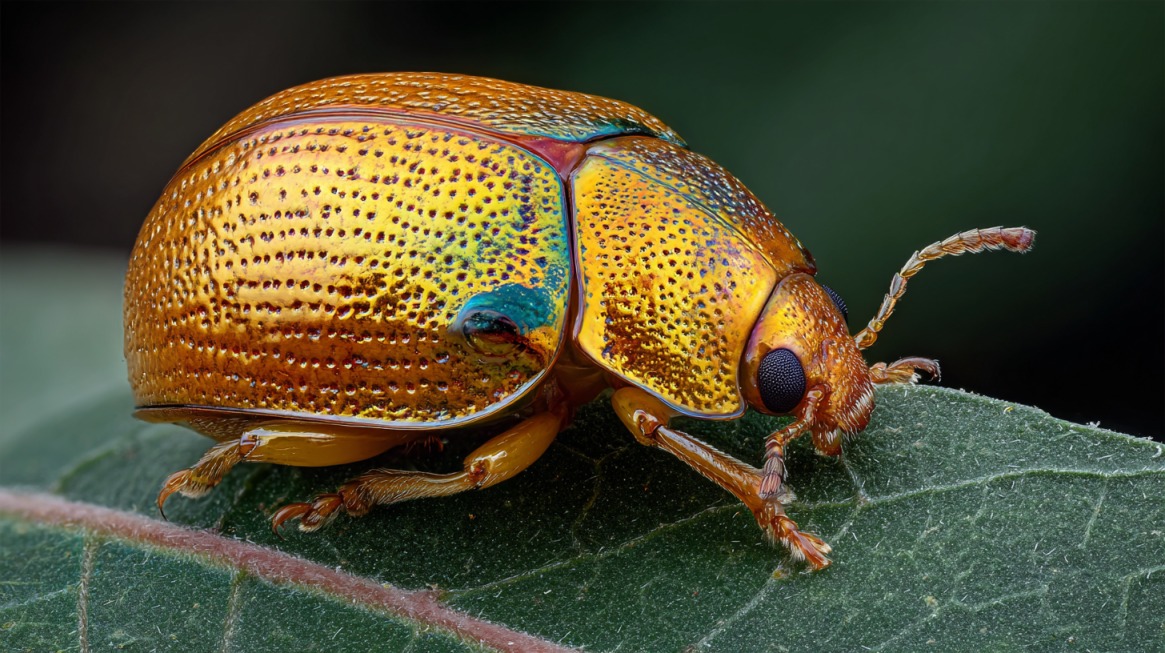
Golden tortoise beetles are living jewels of the insect world. Their reflective, metallic gold appearance can shift to orange-red depending on mood or circumstance.
The transformation is not due to pigment but rather to microscopic structural changes within their exoskeleton.
When disturbed, fluid movement beneath the cuticle alters how light reflects, creating an illusion of changing colour.
Such transformations play roles in communication, defense, and mating behavior. When calm, their shiny gold coloration helps deflect predators, while stress or agitation reveals deeper hues.
Scientists often cite this beetle as an example of how nature uses physics, not chemistry, to produce visual change.
- Structural coloration through light refraction.
- Colour shift reflects stress or mating state.
- Reflective gold acts as a predator deterrent.
- Example of light-based biological design.
10. Crab Spider (North America & Europe)
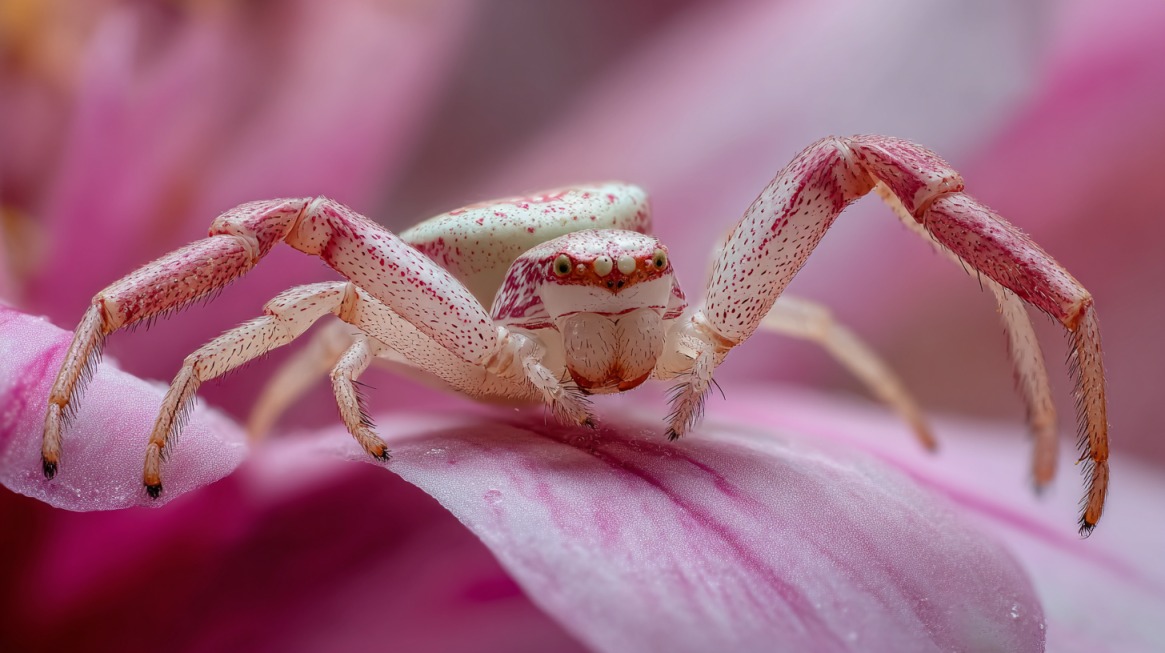
Crab spiders are patient predators that use colour change to become invisible on flowers where they hunt.
The process takes several days, as pigments slowly adjust within specialized cells beneath the exoskeleton.
Such camouflage allows them to ambush bees, butterflies, and other pollinators effectively.
Their strategy depends on both patience and precision, remaining motionless for long periods while waiting for prey. Colour change is influenced by background colour, light exposure, and hormonal activity.
- Takes days to complete the colour shift.
- Matches petals of host flowers.
- Ambushes prey through invisibility.
- Colour is regulated by light and hormones.
Summary
Colour-changing animals highlight nature’s most creative survival mechanisms. These transformations help species hide, hunt, attract mates, and signal emotions.
- Arctic snowfields
- Tropical reefs
- Temperate forests
Climate change and human interference threaten many of these delicate systems, putting stress on animals dependent on precise environmental cues.
Observing such adaptability inspires curiosity and respect for how life continuously adjusts to survive in an ever-changing world.
Related Posts:



